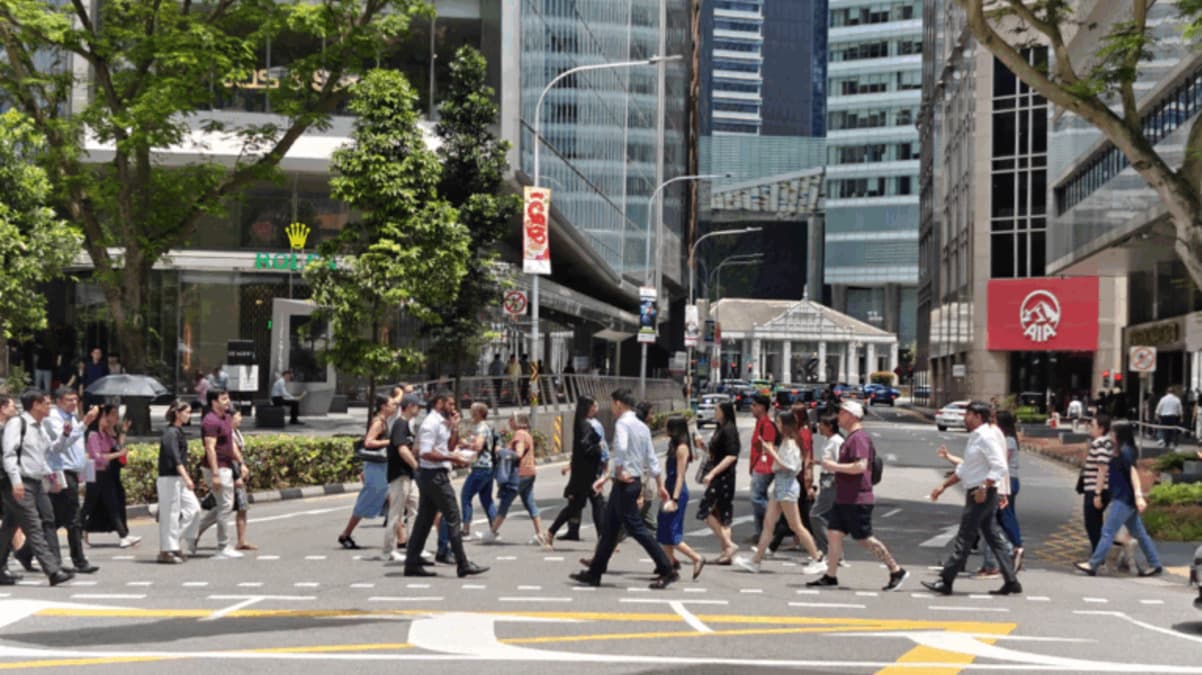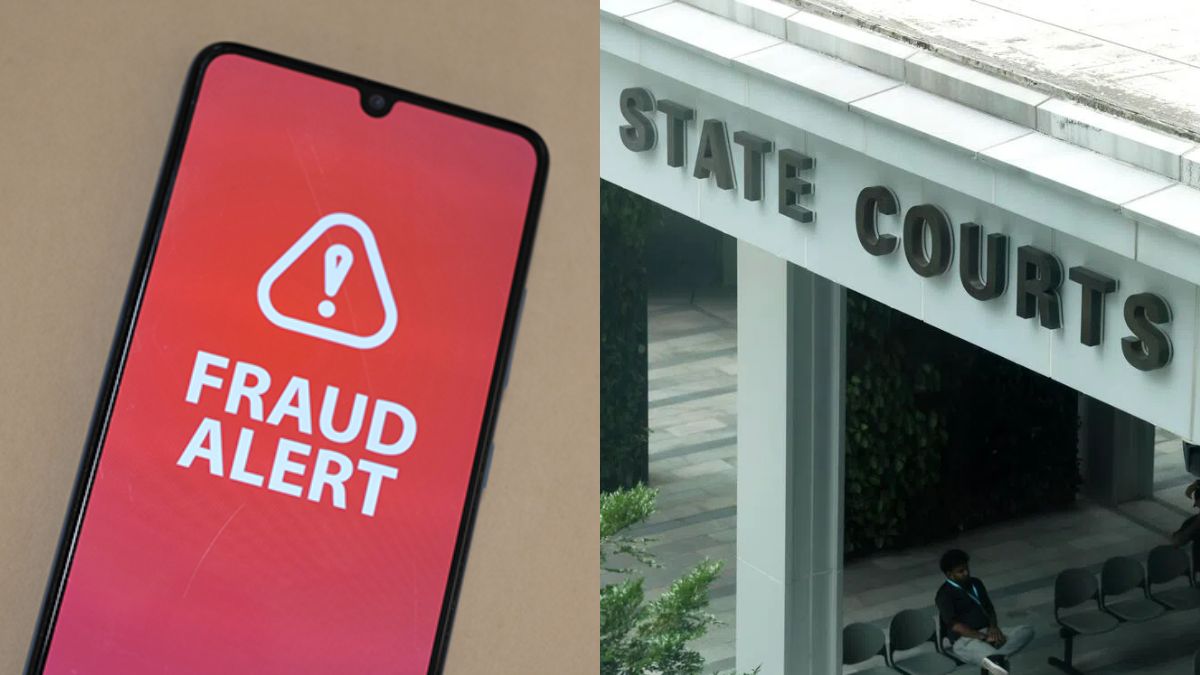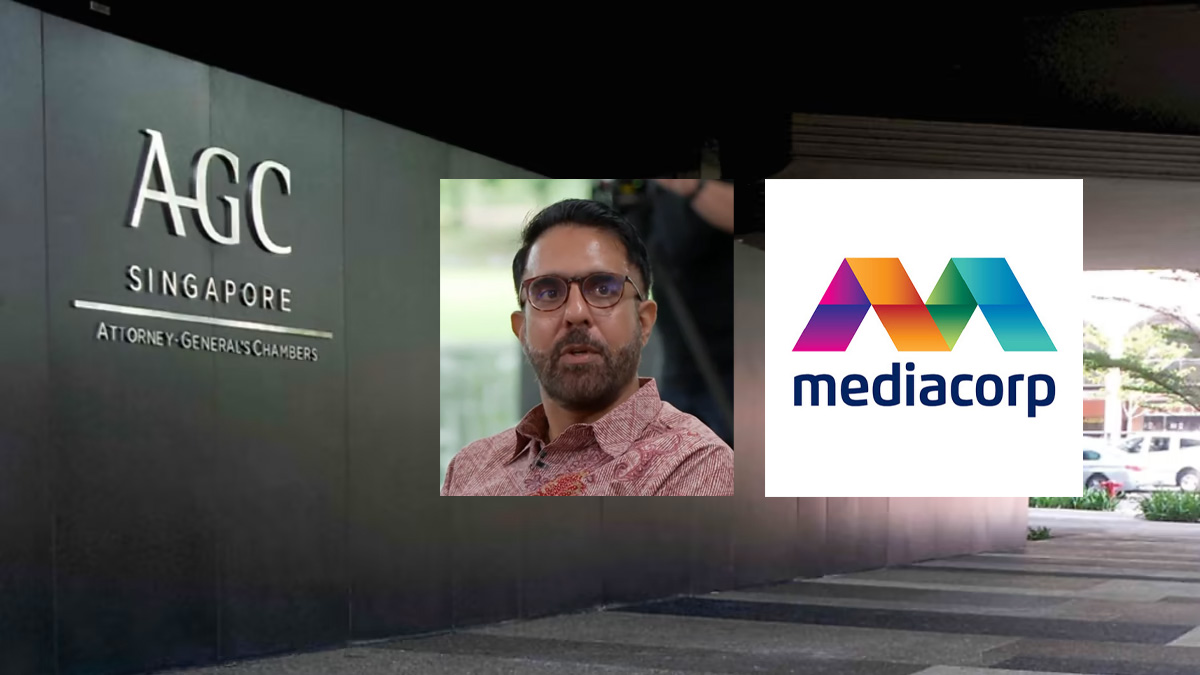Parliament reviews graduate job outcomes, youth employment and ITE work-study results
Parliament on 22 September 2025 discussed graduate employment trends, youth not in employment or education, and outcomes from the ITE Work-Study Diploma. Ministers Desmond Lee and Tan See Leng reported generally positive results, though MPs noted missing details and incomplete data breakdowns.

- Around 90% of graduates secure full-time jobs, with 10% on temporary contracts.
- Singapore’s NEET youth rate remains low at 4.1%, though disaggregated data was not shared.
- The ITE Work-Study Diploma programme shows strong employment and retention rates but some data gaps remain.
Parliament on 22 September 2025 saw a series of questions raised by Members of Parliament (MPs) concerning employment conditions among fresh graduates, with particular focus on temporary contracts, youth employment challenges, and the progress of the Institute of Technical Education (ITE) Work-Study Diploma programme.
The questions were tabled by MPs Chua Kheng Wee Louis, Saktiandi Supaat and David Hoe, and addressed by Minister for Education Desmond Lee and Minister for Manpower Tan See Leng.
While both ministers reported positive outcomes in overall employment figures, several MPs highlighted that parts of the responses lacked detail, with some requested data either generalised or omitted.
Temporary contracts among graduates remain low but differ by institution
Addressing concerns about the prevalence of short-term contracts, Desmond Lee said the Graduate Employment Survey (GES) captures both permanent and temporary employment. Temporary employment includes casual work and contracts of less than one year, while contracts lasting a year or more are classified as permanent.
Over the past five years, nine in ten employed graduates secured full-time work, and among them, nine in ten held permanent positions. The proportion of full-time employed graduates in temporary roles remained steady at around 10%.
When broken down by institution, the proportion of graduates in temporary roles stood at about 5% for Autonomous Universities, 10% for ITE, and 20% for both Polytechnic and Private Education Institution graduates.
Among Polytechnic graduates, nearly half who took on temporary roles indicated they did so to pursue further studies.
However, MP Chua Kheng Wee Louis noted that the ministry’s reply did not include year-by-year trends or explicit data on the number of graduates on contracts of one year or less. It also remained unclear whether the GES collects data in sufficient detail to differentiate between specific contract lengths.
NEET youth rate remains low but lacks detailed reporting
On the issue of youths who are Not in Employment, Education, or Training (NEET), Minister Tan See Leng said Singapore’s NEET rate in 2024 was 4.1%, representing 16,900 individuals.
He emphasised that this figure compares favourably with other developed economies, including Sweden (5.5%) and the United Kingdom (13%).
Tan attributed Singapore’s relatively low rate to sustained education and employment engagement through multiple initiatives. These include Education and Career Guidance (ECG) provided in schools, as well as programmes by Workforce Singapore (WSG) and NTUC’s Employment and Employability Institute.
Other initiatives include Mentoring SG and youth engagement efforts led by the Ministry of Social and Family Development and the Ministry of Culture, Community and Youth.
Despite outlining these efforts, the response did not provide specific figures on how many graduates are currently taking up temporary contracts, nor whether the trend has changed over time. MP Saktiandi Supaat had requested such details to assess whether contract employment was becoming more common among recent graduates.
In addition, Parliament was not presented with data disaggregating NEET rates by age group, gender, or education level, nor with figures showing re-engagement outcomes for previously NEET youths.
ITE Work-Study Diploma yields strong outcomes but limited transparency
MP David Hoe requested a detailed breakdown of outcomes from the ITE Work-Study Diploma programme, including enrolment, graduation rates, employment by sector, salaries, employer retention, and follow-up support for non-completers.
Desmond Lee said the programme had expanded from 100 trainees in 2018 to around 1,300 in 2024. Completion rates stood at roughly 80%, and about 90% of graduates were in full-time employment six months after graduation.
Of those employed, around 70% remained with their training employer. The median monthly salary for graduates was S$2,900, comparable to that of Polytechnic diploma holders, while 10% continued to higher education or post-diploma programmes.
Support for non-completers, Lee said, includes counselling, module recognition, and re-entry options for future applications.
However, several data points sought by Parliament were not provided. These included detailed completion rates by cohort, employment outcomes at the 12-month mark, and the sectors in which graduates found work. The number of non-completers who re-entered education or employment also remained unspecified.
Calls for more granular reporting and long-term tracking
MPs across both sides of the House expressed support for the strong employment performance but called for more transparency in tracking graduate outcomes and youth employment trends.
Observers have noted that while Singapore’s headline employment and NEET figures compare favourably with international benchmarks, the lack of detailed breakdowns limits the ability to assess structural shifts in the labour market.
Education and employment analysts have also pointed out that the growing reliance on short-term contracts and internships could signal evolving expectations among younger workers, especially those seeking flexibility or pursuing further studies.
Both the Ministry of Education (MOE) and Ministry of Manpower (MOM) have indicated that they are working to refine data collection frameworks. This includes more granular tracking of contract employment, long-term career outcomes of ITE graduates, and ongoing monitoring of NEET youth reintegration rates.








0 Comments